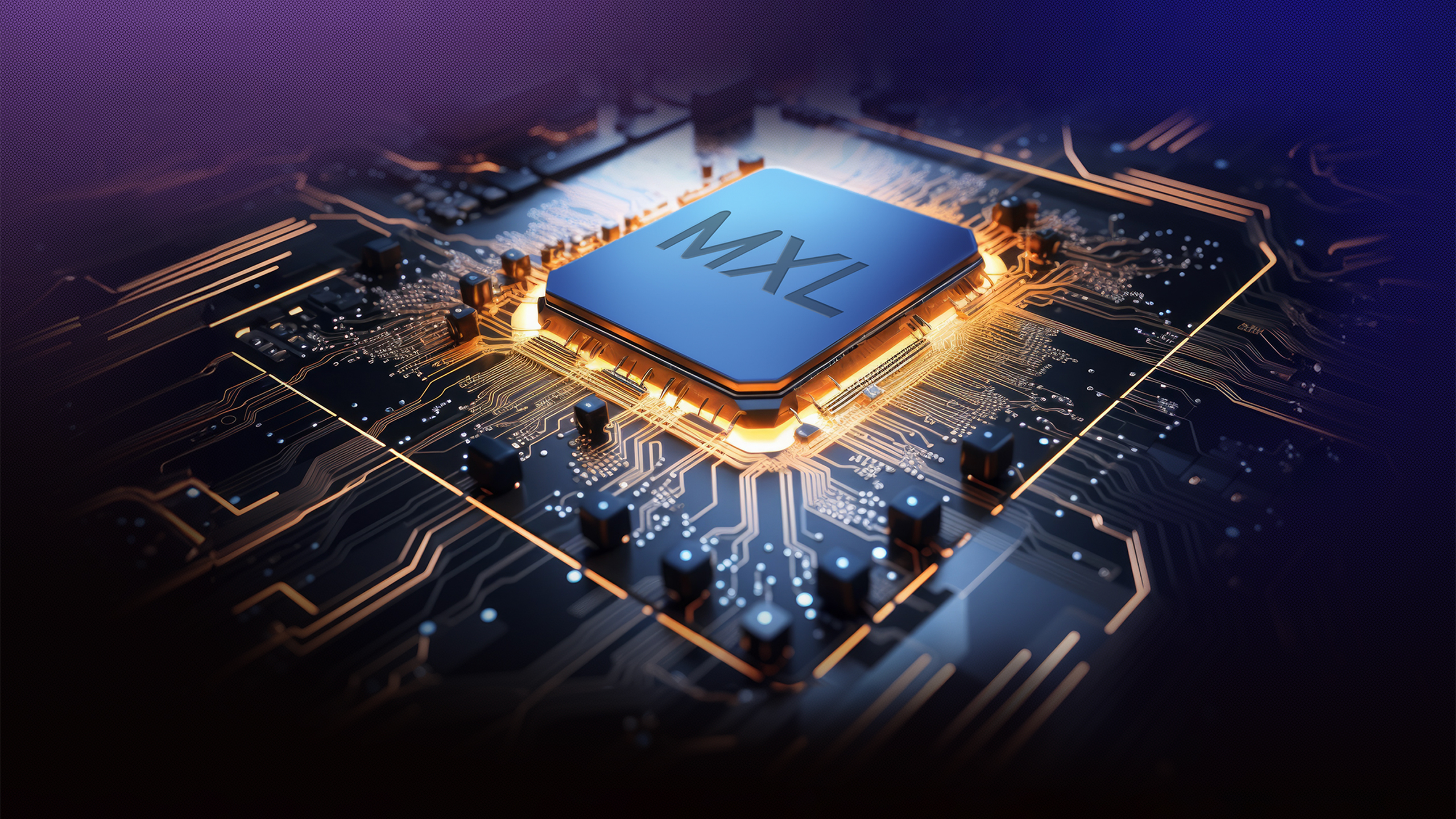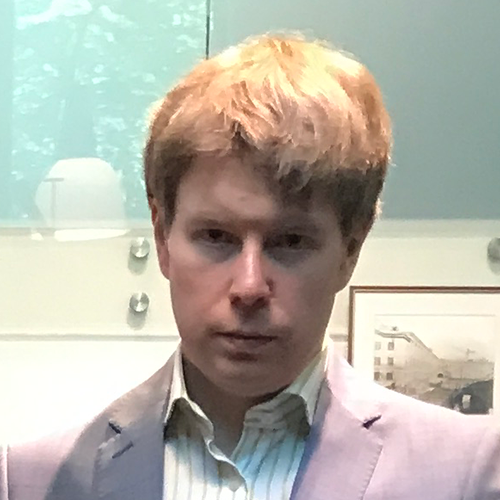Laser-cooled GPUs get buy-in from the U.S. military — government beams cash to Maxwell Labs to cool AI processors

Maxwell Labs, a startup developing an innovative cooling technology that uses lasers and gallium arsenide (GaAs) semiconductors, has received a $500,000 grant through a government-backed program to develop and demonstrate its advanced chip cooling solution. The initiative is part of a joint effort by the U.S. Army's research division, the University of St. Thomas, and the Energetics Technology Center.
The funding comes from the The Basic Energy Science to (BEST) St. Thomas Applied Renewable Technologies (START) program, which aims to accelerate the development of energy technologies that address military needs. Maxwell’s work focuses on removing heat from high-performance computing systems using a solid-state platform that relies on ultra-pure GaAs semiconductors and lasers. The technology enables heat removal from hot spots within processors, something that traditional coolers cannot do. As a result, processors for AI and HPC can continue increasing their performance and power consumption. There is a catch though: Maxwell's tech is not yet ready for prime time.
Under the terms of the agreement, Maxwell will collaborate with the University of St. Thomas and use state-of-the-art laboratories, such as the Center for Advanced Manufacturing and the Center for Microgrid Research. The partnership will also enable engineering students to participate in applied research involving fiber lasers, optical cooling, and simulation-based system analysis. The development work will initially focus on building a proof-of-concept GPU cluster that will use GaAs semiconductors + lasers cooling system.
Maxwell's cooling method uses ultrapure GaAs semiconductors acting as cold plates that cool when hit by laser light of a specific wavelength, leveraging GaAs's high electron mobility to remove heat from precise chip hotspots. Thin GaAs components are placed on heat-generating zones, with microscopic structures guiding the laser for localized cooling, making the approach a supplement to traditional cooling systems.
However, the technology faces significant cost and manufacturing barriers. Producing defect-free GaAs layers requires energy-intensive methods such as molecular beam epitaxy or MOCVD, which means a 200-mm GaAs wafer costs around $5,000 — compared to $5 for silicon. Moreover, GaAs cannot be directly integrated into silicon chips, so integration relies on expensive techniques such as 3D stacking or wafer bonding, as used in silicon photonics.
Maxwell Labs believes that its technology can be applied to both civil and defense needs. The list of civil applications include AI and HPC clusters, and high-frequency trading systems. As for defence applications, they include edge computing applications, advanced sensors, aerospace, and space devices.
"We are thrilled to strategically collaborate with the University of St. Thomas, the DEVCOM Army Research Laboratory, and ETC and leverage the resources and expertise available through the BEST START program," said Mike Karpe, Co-Founder & Chief Growth Officer, Maxwell Labs. "This contract and collaboration will be instrumental in accelerating the development and real-world validation of our laser cooling system, bringing us closer to offering commercialization at scale of Maxwell's Gen1 Laser Cooling Technology."
Get Tom's Hardware's best news and in-depth reviews, straight to your inbox.
Follow Tom's Hardware on Google News to get our up-to-date news, analysis, and reviews in your feeds. Make sure to click the Follow button.

Anton Shilov is a contributing writer at Tom’s Hardware. Over the past couple of decades, he has covered everything from CPUs and GPUs to supercomputers and from modern process technologies and latest fab tools to high-tech industry trends.